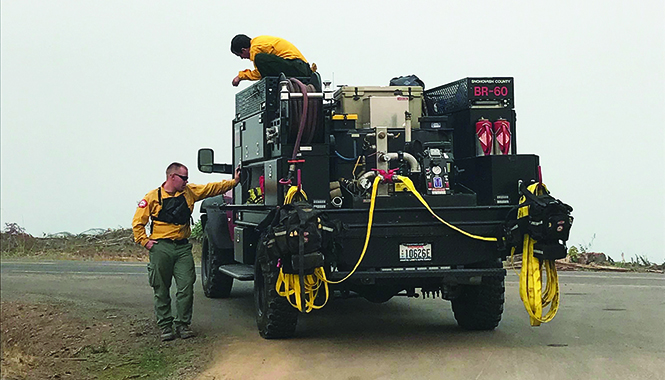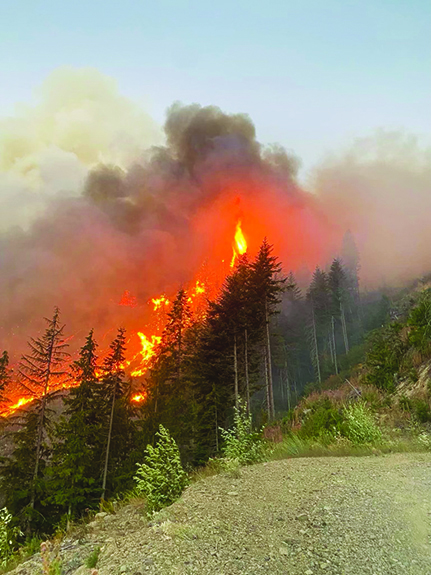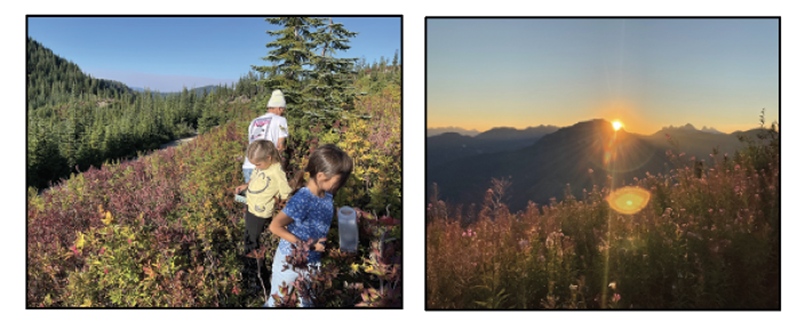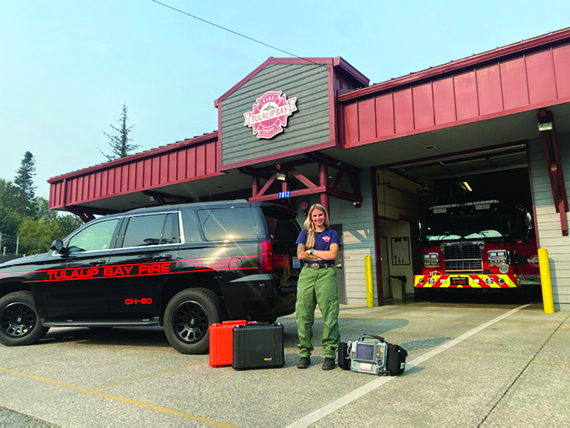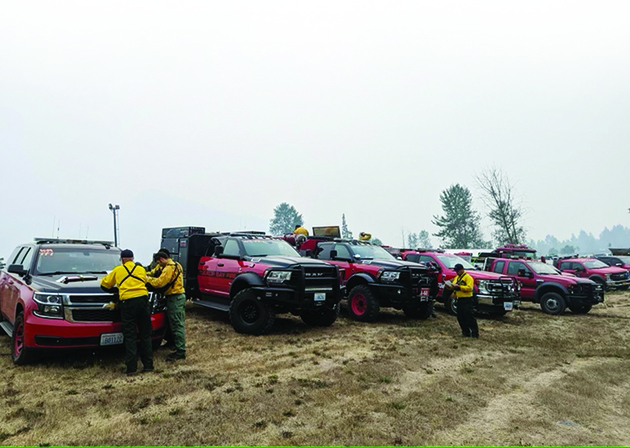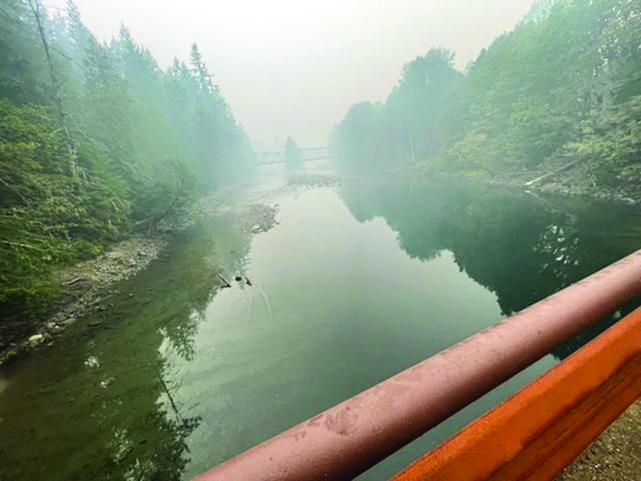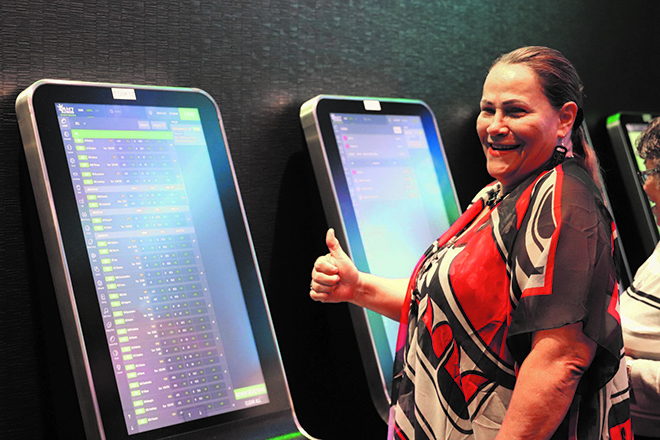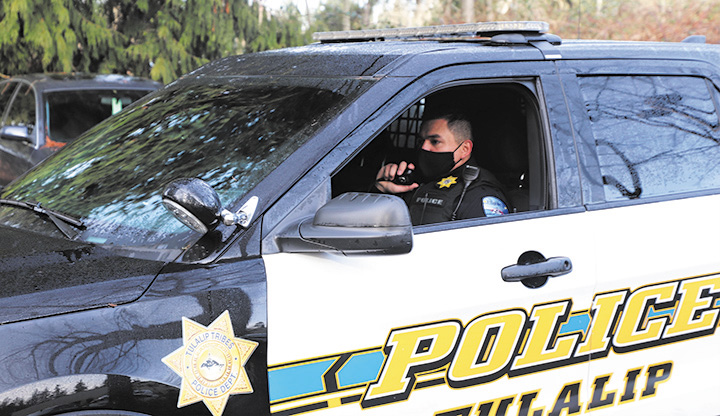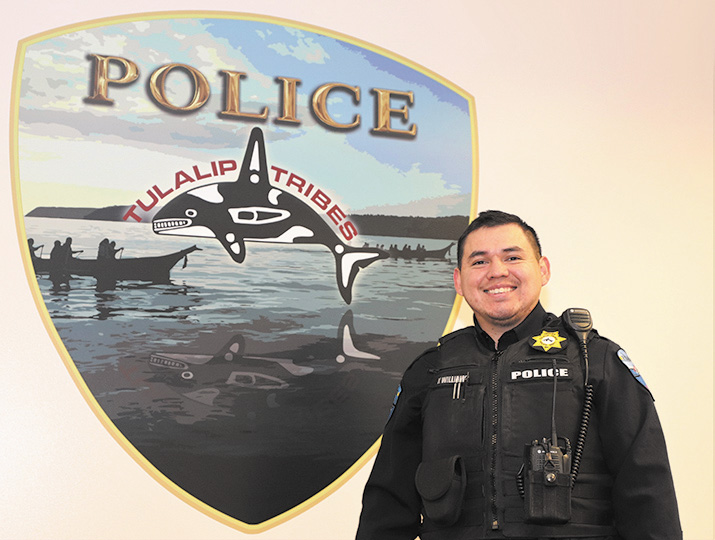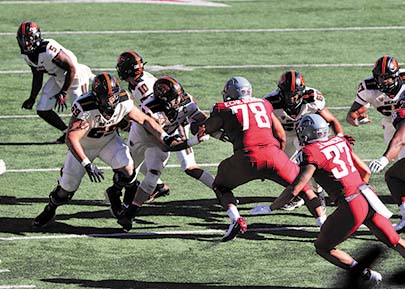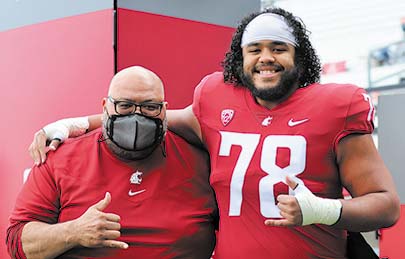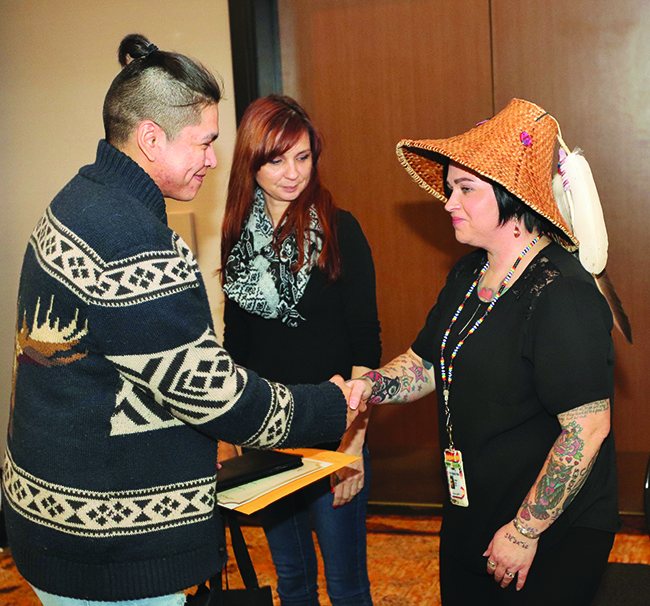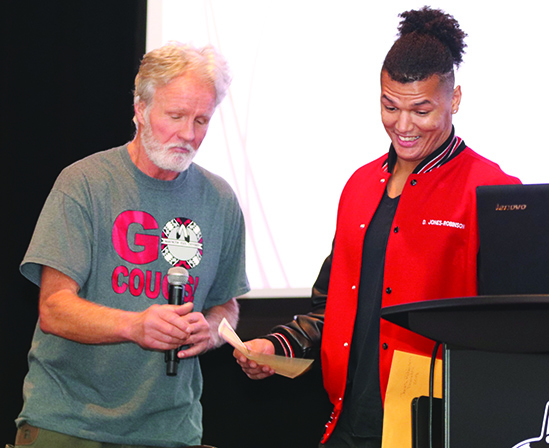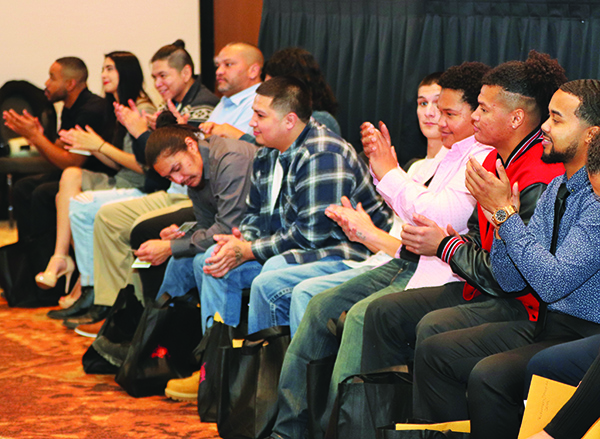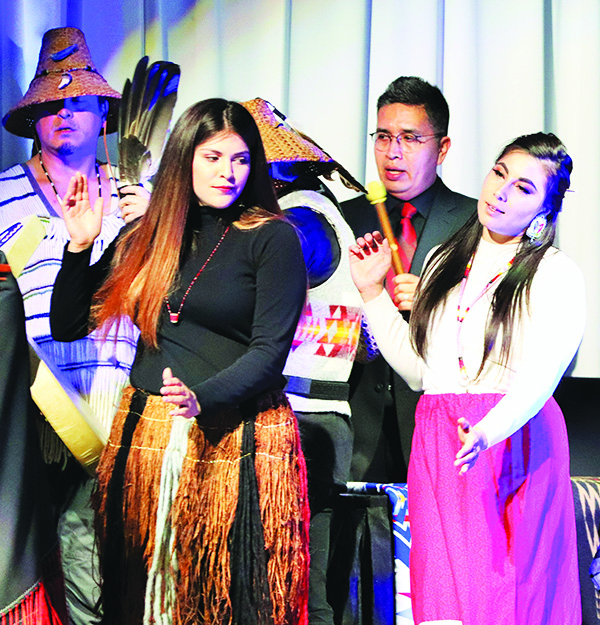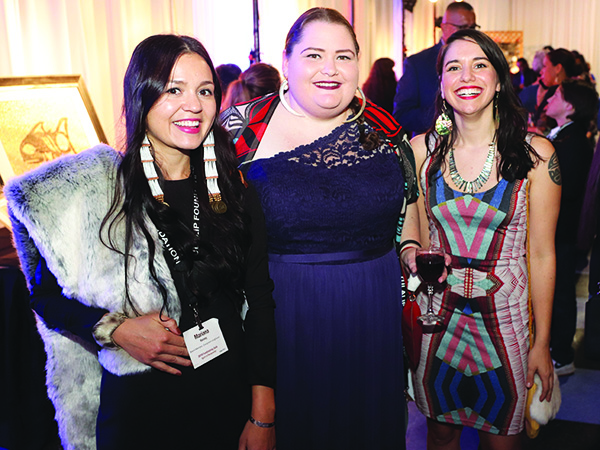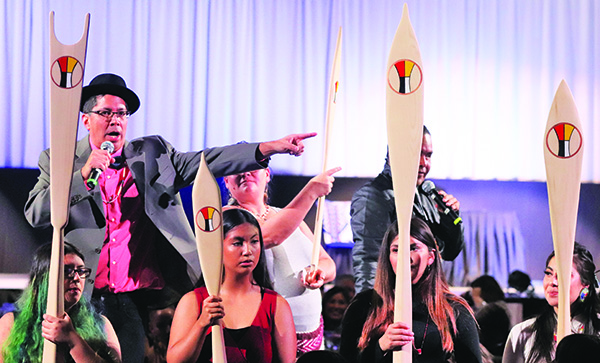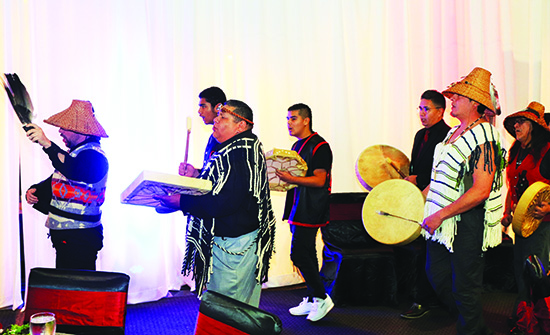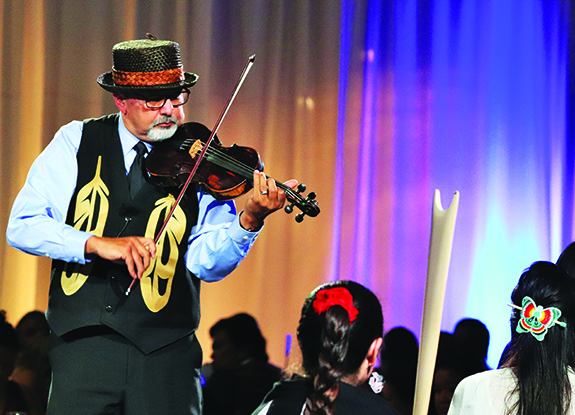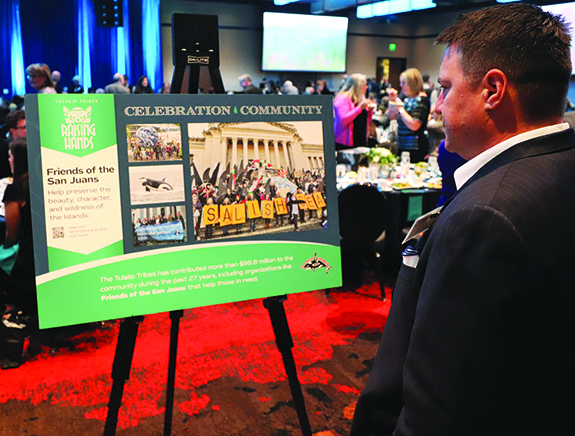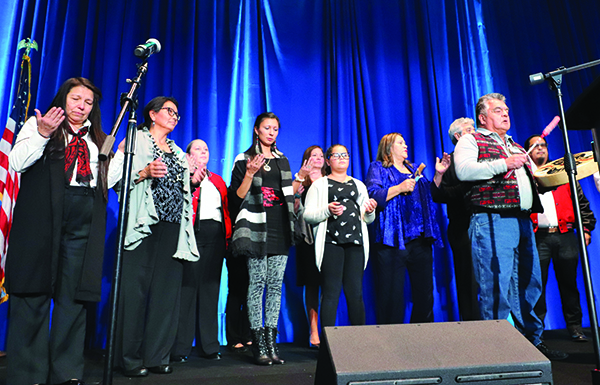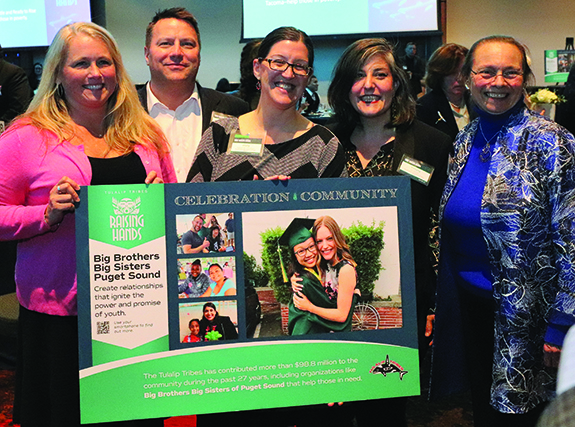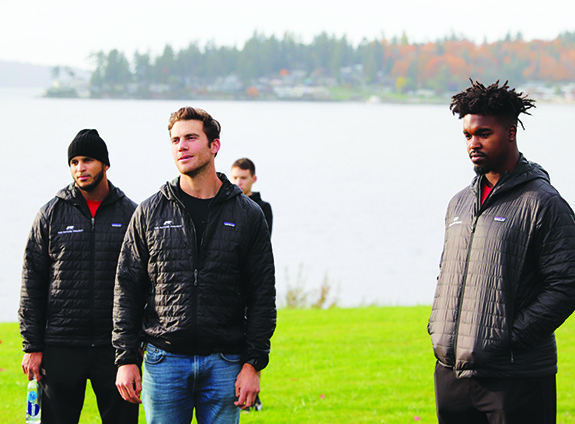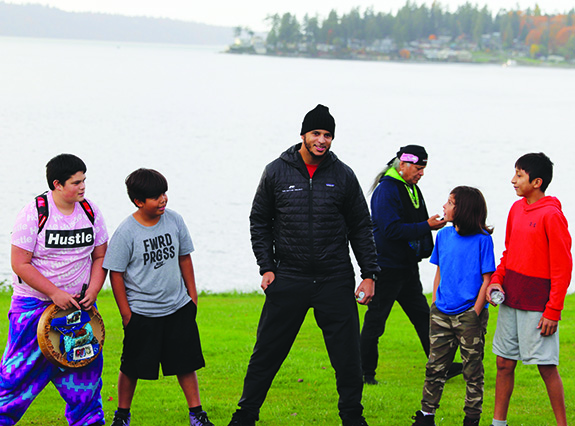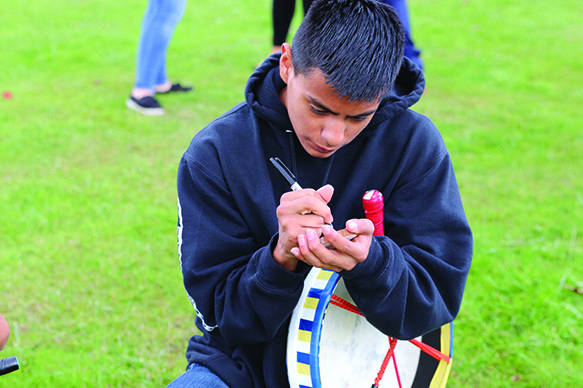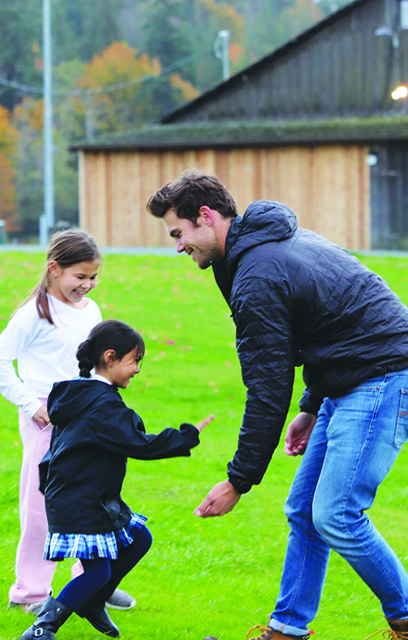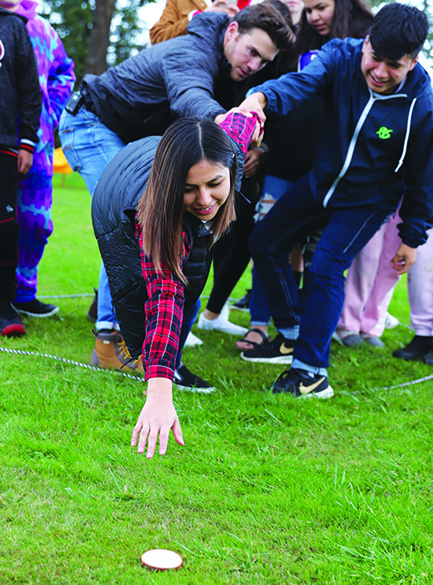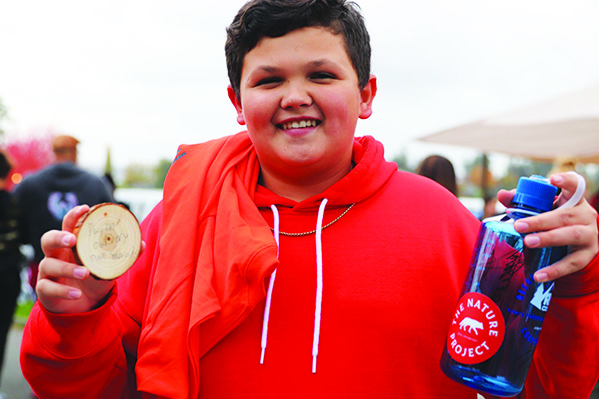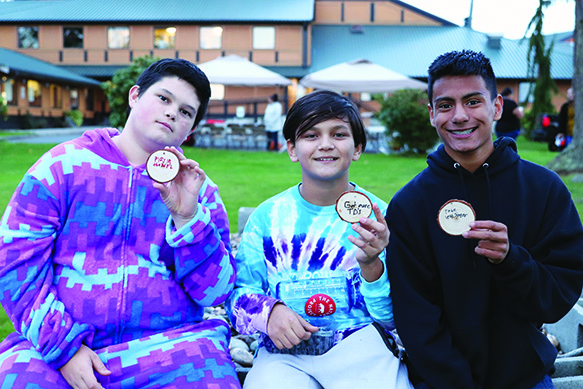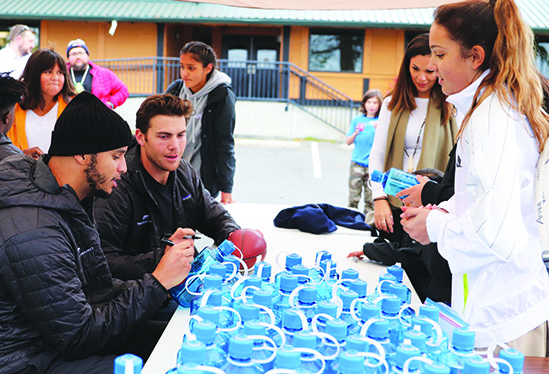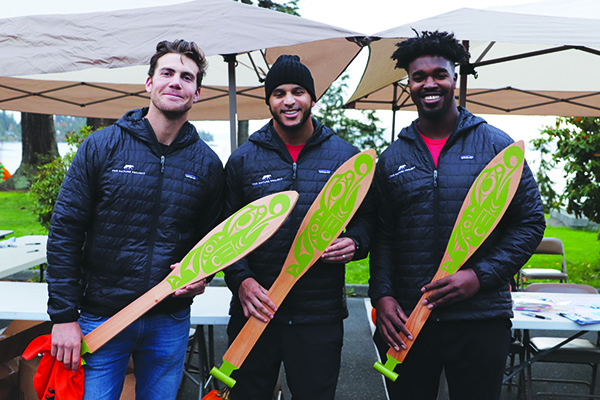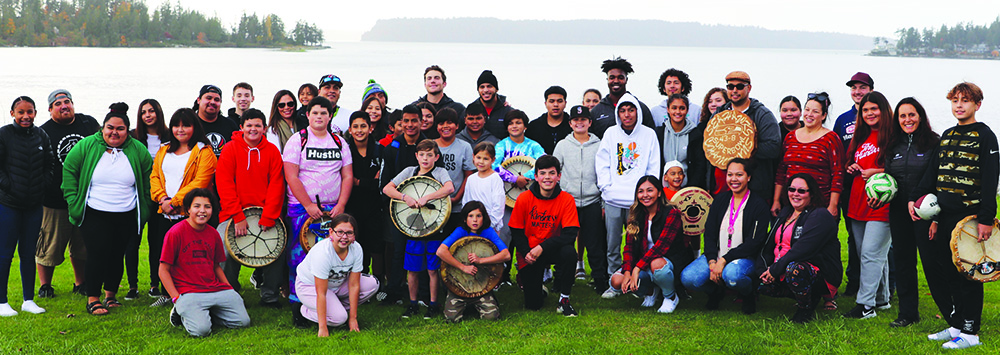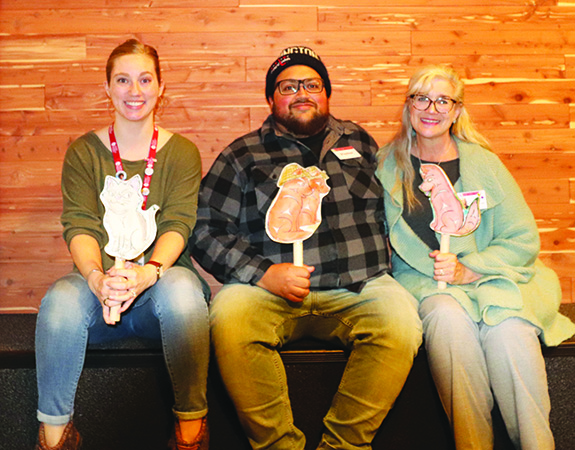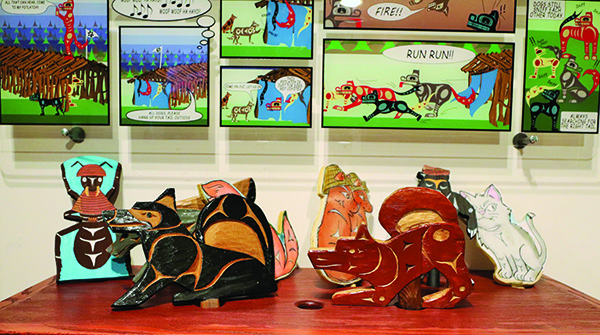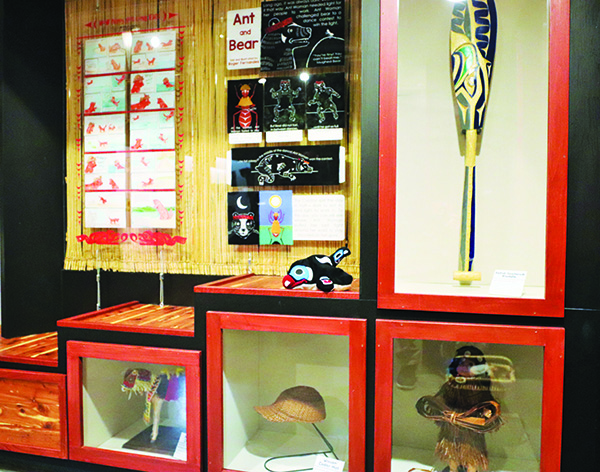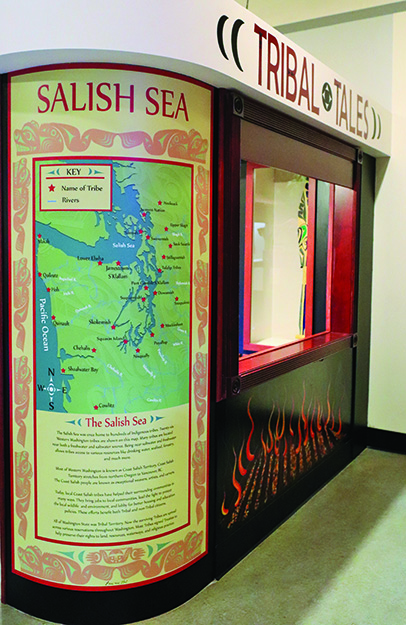
By Micheal Rios, Tulalip News
Extravagantly festive Christmas trees and wreaths adorned the Orca Ballroom at the Tulalip Resort Casino during the 37th annual Festival of Trees. The multi-day holiday fundraiser kicked off November 3rd with a free community day and teddy bear celebration. Opportunities to give generously via an online auction accompanied the much anticipated, excitement-filled Holiday Gala and Live Auction held in-person on December 2nd.
Each year, thousands of community members take part in the Festival of Trees – including volunteers, sponsors, and attendees – to raise funds for Children’s Services at Providence Regional Medical Center in Everett. For more than three decades, Providence Children’s Center has been providing comprehensive, family-oriented care and highly specialized therapies; such as physical, occupational, speech and feeding therapy for children with a wide variety of special needs.
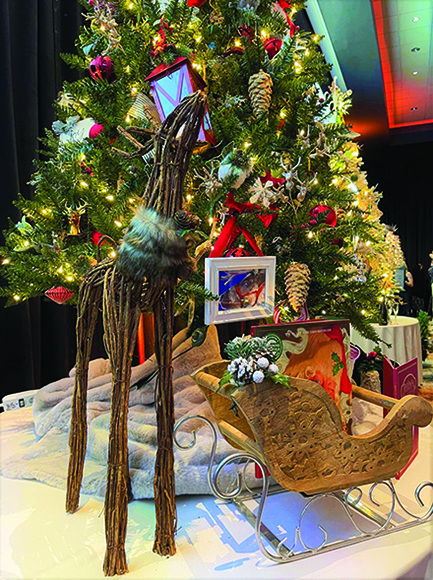
“Knowing this is one of the largest charitable events for Snohomish County, it is appropriate for us to host and participate with good will and sharing the opportunity to help all children in need,” explained Marilyn Sheldon, manager of Tulalip Tribes Charitable Fund, on the importance of hosting the Festival and being the presenting sponsor. “We recognize that over 50% of Tulalip’s population is 0-24 years of age and Providence is our local hospital for care most tribal members use for emergency situations and other needs. Also, this event brings many people to our facilities for the week and encourages them to come back and host their own business/charity event at our venue.”
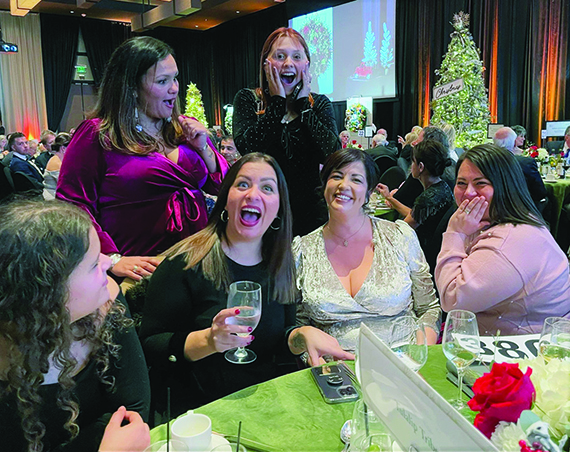
A highlight of the holiday season, the Festival of Trees provides opportunities for local families and organizations to make a significant contribution to benefit their community neighbors. Not to mention the festive, memory making opportunities for those seeking a post-Covid experience in a heart-warming atmosphere. Whether it’s a decadent black-tie gala or afternoon with cookies and Santa, the Festival’s variety of events offer holiday cheer for all.
The tremendously decorated Christmas trees won’t soon be forgotten as their specialized themes like ‘Gnomes for the Holidays’ and ‘Walking in a Winter Wonderland’ to ‘Baby’s First Christmas’ and ‘Reindeer Games’ capture the imagination.

During an elegant gala, the dazzling Christmas trees and wreaths were sold to the highest bidders during a frenetic live auction that saw auctioneer Mark Schenfeld’s contagious energy get table after table to lift bidding paddles. Of course, all proceeds raised at Festival of Trees goes directly to Providence to aid, invest in, and expand programs and infrastructure related to Children’s Services.
The Children’s Services Fund is designed to provide a full spectrum of support for services that benefit children at Providence. Funding supports programs and services such as Pediatrics, Neonatal Intensive Care Unit, Children’s Center, Boyden Family Autism Center, and Camp Prov, a summer camp for children with special needs. Several of the trees lining the Orca Ballroom were reserved to be put on display throughout the Children’s Center as a special treat for hospitalized kids this holiday season.

“For nearly four decades, funds raised from this annual event have touched countless lives and spanned generations,” stated Festival Chairs, Tom and Kiersti Lane. “Tonight, while we are all celebrating and reigniting Festival traditions, let us pause to reflect and remember the reason we are all here. Your gift tonight will help provide health, hope and happiness for the babies and children in our community who need it most.”
Because of the great generosity of various donors, sponsors and an estimated 530 gala attendees, this year’s Festival of Trees raised a record-breaking $1.6 million. This enormous amount of financial support allows Providence to continue growing and expanding specialized therapies, equipment and educational classes that make miracles happen for children and families every day.

In attendance at the history making fundraiser were two first time Tulalip attendees, Vanessa Flores and Amaya Hernandez.
“It was nice to dress up and wear my fancy Air Force Ones,” shared 14-year-old Amaya. “I had a lot of fun being here and listening to all the conversations. I think it’s important for us to host events like this because our Resort is really nice and it’s good for people not from here to see just how nice it is.”

“It’s so important for Tulalip Tribes to give back to the greater community and local charities,” added Vanessa, Quil Ceda Village operations manager. “Providence could host their Festival anywhere, but they choose Tulalip because it’s centrally located in Snohomish County and guarantees a great, friendly staffed event that everyone can feel safe at. Everyone was so kind and giving for a cause close to all our hearts. This is probably the best event I’ve ever attended at our Resort.”
For two decades now, Tulalip has been an important partner to Providence in the Northwest Washington Region by helping provide critical funding and support needed to care for the health of our growing community. Contributions made by Tulalip to Providence General Foundation since 2002 have totaled close to one million dollars. For their dedication to the Festival of Trees, the Tulalip Tribes were honored with the Spirit of Festival Award during 2018’s Festival.
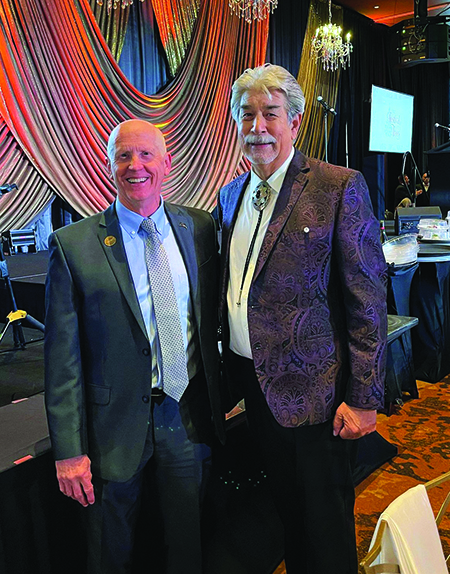
“The lives of thousands of children, that includes Tulalip tribal children, will be helped thanks to the generosity received from the Festival of Trees fundraising efforts,” said Board of Director Mel Sheldon, seventeen-year member of the Providence General Foundation. “We are very fortunate to have a relationship with Providence Medical Center and to support such an amazing opportunity that really looks at the bigger picture. We all want to do our part to create a sustainable and healthy community.”
One of Snohomish County’s largest and most well attended holiday events, the Festival of Trees has been a beloved community tradition for 37 years. The annual outpouring of community spirit, combined with such a magical setting, delivers a wonderful event that unites so many during the holiday season.
